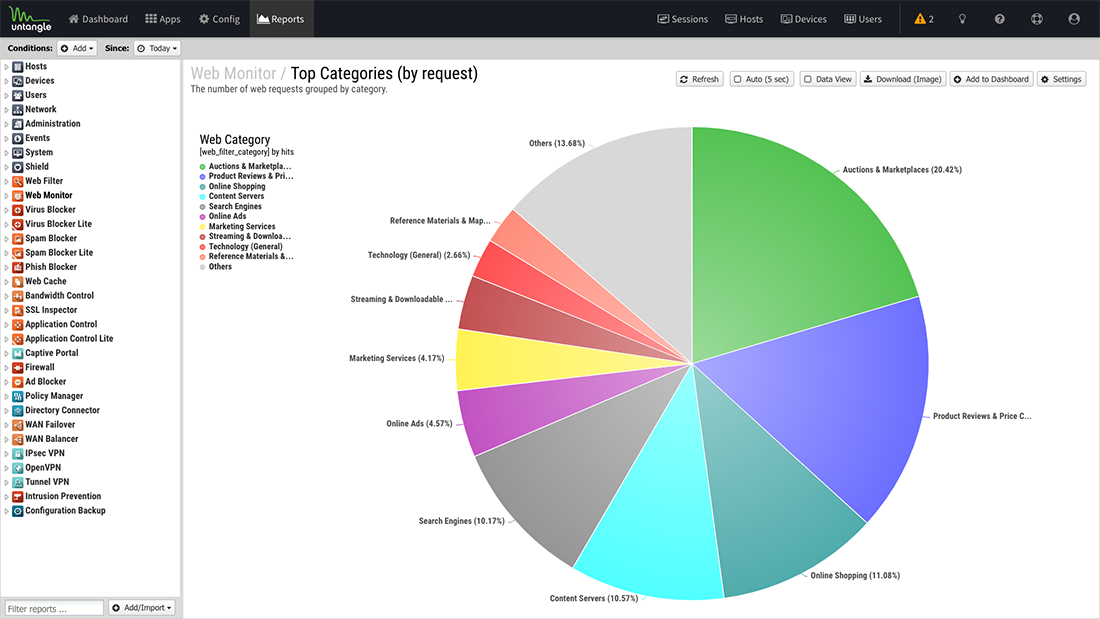

With the runtime environment it is possible to use runtime for settings that should only be active for a limited amount of time. Use Policy Manager to set policy rules to keep kids focused on homework before dinner. Agree to limits and schedules and implement controls with a little help from Untangle. Keep the kids from playing games online at home all weekend. For a greater degree of control, administrators can create custom rules. Get visibility into usage and put some controls back with Untangle NGFirewall. Then the permanent configuration will be loaded again. Application Control allows users to block, flag, or tarpit applications and protocols. However my remote sites still allow to RDP and web to current site management vlan. The runtime configuration is only valid up to the next service reload and restart or to a system reboot. The firewall rules setup are under Security & SDWAN-Firewall there to deny tcp 10.0.0.0/8 to my current site management vlan. The separation of the runtime and permanent configuration makes it possible to do evaulation and tests in runtime. The interface is complete and is used for the firewall configuration tools firewall-cmd, firewall-config and firewall-applet. With the firewalld D-Bus interface it is simple for services, applications and also users to adapt firewall settings. In this guide, we will discuss some of the common rules and commands that go with the iptables firewall.

It is typically available by default on Linux systems. If you just want to block all traffic between interfaces keeping all interfaces separated from one another a single rule with the conditions Source Interface is Any Non-WAN and Destination Interface is Any Non-WAN should work: However.
#UNTANGLE FIREWALL RULES FLAG SOFTWARE#
This means that it is software that allows you to configure a firewall on your system. The best approach is to use Filter Rules, in Config > Network > Filter Rules. No restart of the service or daemon is needed. Iptables is a command-line firewall utility. Benefits of using firewalldĬhanges can be done immediately in the runtime environment. It also provides an interface for services or applications to add firewall rules directly. There is a separation of runtime and permanent configuration options. It has support for IPv4, IPv6 firewall settings, ethernet bridges and IP sets. Firewalld provides a dynamically managed firewall with support for network/firewall zones that define the trust level of network connections or interfaces.


 0 kommentar(er)
0 kommentar(er)
